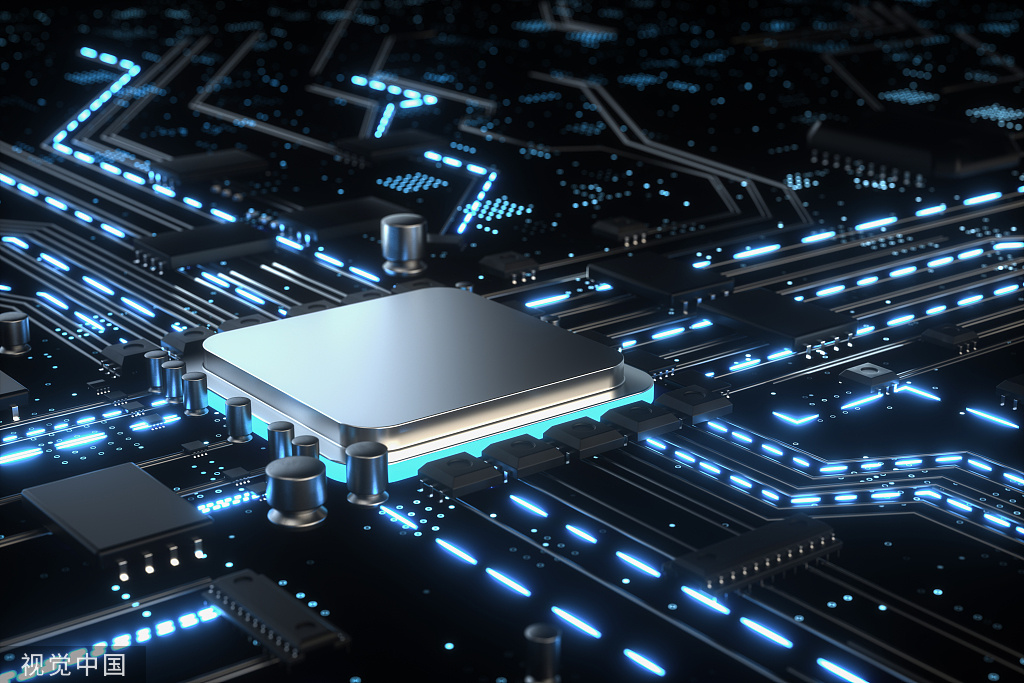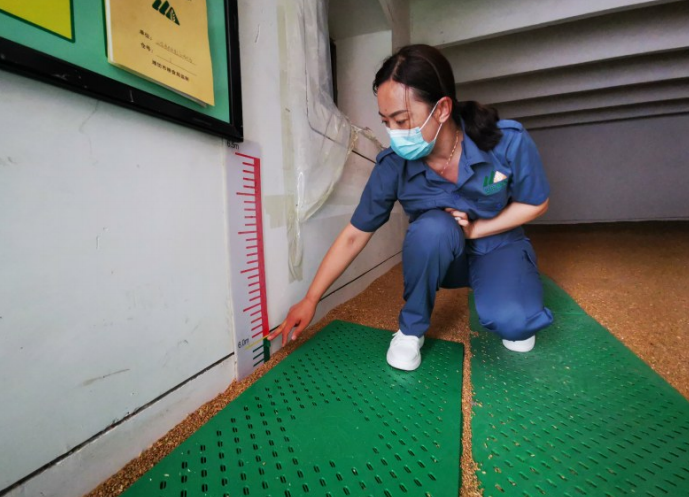The "Semiconductor War" inspired China in the United States and Japan!How can Chinese semiconductor companies break the situation?
Author:Global Times Time:2022.08.22

Data map source Visual China
Japan's "faint trick"
Reuters reported on the 19th that for the concept of the "Chip Quartet Alliance", the Japanese Cabinet Guangbao Officer Sifang respected that the chip semiconductor was "very important strategic industry" for Japan. There may be better cooperation between beauty). "Japan Economic News" reports that Japan's semiconductor level still stays at about 40 nanometers. The reason behind is that in the 1980s, the United States has forced Japan to accept unfavorable competition conditions in the United States. However, the Japanese government and high -tech industries believe that to recover the disadvantages of semiconductor, this time, Japan -US cooperation is the last opportunity.
Why does this contradiction appear in Japan? It is also necessary to start with Japan -US trade frictions in the 1980s. At that time, the author worked at the most important company in the Japanese semiconductor industry, one of the most important companies in the Japanese semiconductor industry, and worked on the "semiconductor war" of Japan and the United States. Previously, the US semiconductor was fully opened to Japan, and Japan also introduced a large number of technologies from the United States, and exported a large amount to the United States after making products. At that time, Japanese semiconductors, such as Japan, were in the sky. In 1988, Japanese products accounted for 50.3%of the world's semiconductor market. After the Japanese -American trade war entered the steel industry from the textile industry, it gradually played in the electronics field.
When suppressing the Japanese semiconductor industry, the United States negotiated with Japan on the one hand, and suppressed Japan on the negotiating table through the "Japanese -American Package Economic Agreement", and looked for an asthma time for American companies. On the other hand, the United States requires Japan to open up the market and reduce the specific "numerical goals" and "objective standards" setting in the US trade surplus, so that the US companies and the US economy will once again gain an overwhelming dominance.
Regarding the excessive demands of the United States, the author feels that the entire 1990s and the 21st century started for several years. Most Japanese companies swallowed this. They thought that as long as they could make money from the United States, they agreed to the United States as much as possible. "In fact, this was a kind of confidence at the time." Now recalling public opinion in the 1990s, people related to Japanese semiconductor companies told the author. He believes that several Japanese companies at that time defeated the US semiconductor industry and forced the United States to the corner, and had almost no ability to counterattack. Even if the United States is more severe this time, with the power of the Japanese industry, it can still be invincible. But in fact, without too long, Japanese companies lost their lines in the semiconductor field.
In the process of negotiating with the United States, Japanese politician Osawa Ichiro had participated in the formulation of US policies. The author once mentioned the topic of the Japanese -American semiconductor negotiations. He also smiled Xiaosawa, who smiled the previous second, and suddenly sank. To the author, "Americans are entangled and unreasonable!"
Washington opened the old toolbox
In order to curb China this time, the United States has re -deployed around the semiconductor industry, and some scholars have also noticed the "old recruitment and new use" in the United States. Hao Min, director of the Intellectual Property and Science and Technology Security Research Center of the School of International Relations, said that the Global Times reporter analyzed that the path of the semiconductor industry in Japan in the 1970s and 1980s is similar to the current China. Role. At that time, Japan was led by the country and jointly invested in electronic companies such as Toshiba, Mitsubishi, and Fujitsu to establish a "DRAM (dynamic random access to memory) system" project. In order to break the alliance of Japanese companies in the semiconductor field, the United States has "started" for representative companies such as Toshiba and Hitachi. In 1982, the U.S. government arrested Hitachi and Mitsubishi employees in the crime of industrial spies, accusing them allegedly stealing the technology of US IBM, but the public information later showed that this was a "fishing law enforcement" by the United States. In 1985, Toshiba secretly sold four precision machine tools to the Soviet Union, which was exposed, which became an excellent reason for the United States to suppress Japan. In June 1987, the United States passed the Toshiba sanctions to close the Toshiba US factory, canceled a series of procurement contracts, and banned all products from exporting to the United States for 2 to 5 years.
In addition, the United States and Japan signed the "US -Japan Semiconductor Agreement" in 1986. Japan was required to open the semiconductor market and ensure that foreign companies obtained 20%of the market share in Japan within 5 years. Later, the United States has sacrificed anti -dumping and other means to implement high punishment tariffs, and Japan's semiconductor industry has gradually lost its advantage.
Hao Min mentioned that whether the United States "shot" in the semiconductor industry in Japan and China, there is an important promoter behind the United States Semiconductor Industry Association (SIA). In June 1985, SIA filed a "Article 301" lawsuit, claiming that the semiconductor market in Japan was closed to foreign producers due to Japan's structural barriers. On the eve of today's "Chip Act", SIA also expressed strong support on this and declared that if no action is taken, the share of the United States in the global semiconductor industry will be reduced to 10%by 2030.
Hao Min said that the launch of the US "Chip Act" recently also represents its industrial policy in the toolbox, and this method has also been used in the "semiconductor war" with Japan.
Learn from the car
According to the latest statistics of the Ministry of Economic and Industry, Japan, which accounted for 50.3%of the world's semiconductor market in 1988, only 10%left in 2019. And these 10%are also very difficult, and the profit is very low. In the 1980s, among the top ten World Semiconductor companies, Japan accounted for half, but by 2019, only Toshiba was ranked ninth. Toshiba's serious losses, eventually selling their own semiconductor business. Will China encounter the same consequences of Japan? People familiar with the Japanese industry policy told the Global Times reporter that the semiconductor industry is now different from the 1990s. Product supply throughout the world. Now, semiconductor companies such as mainland China, Taiwan, the United States, and South Korea have occupied an important position, and Europe and Japan are relatively backward. In terms of products, it is no longer a single product such as hard disks. The chips are deeply involved in various fields such as digital, green manufacturing, dual carbon, and information security.
The person said that China is the world's largest semiconductor chip consumer market. If the product is not sold to China, the cost problem will immediately appear, and it is very difficult to maintain the update of semiconductor technology. If China has a new layout of economic strategies and further promotes technological innovation, it will eventually avoid the ending of Japan.
- END -
#Green scientific grain storage to ensure food safety

Summer harvest has been completed. Recently, Shouguang City's local food reserve H...
Headquarters retirement, consumer complaints, applied for bankruptcy censorship, what happened to the "first shares of luxury e -commerce" Siku

The issue of headquarters retirement, consumer complaints, applied for bankruptcy ...